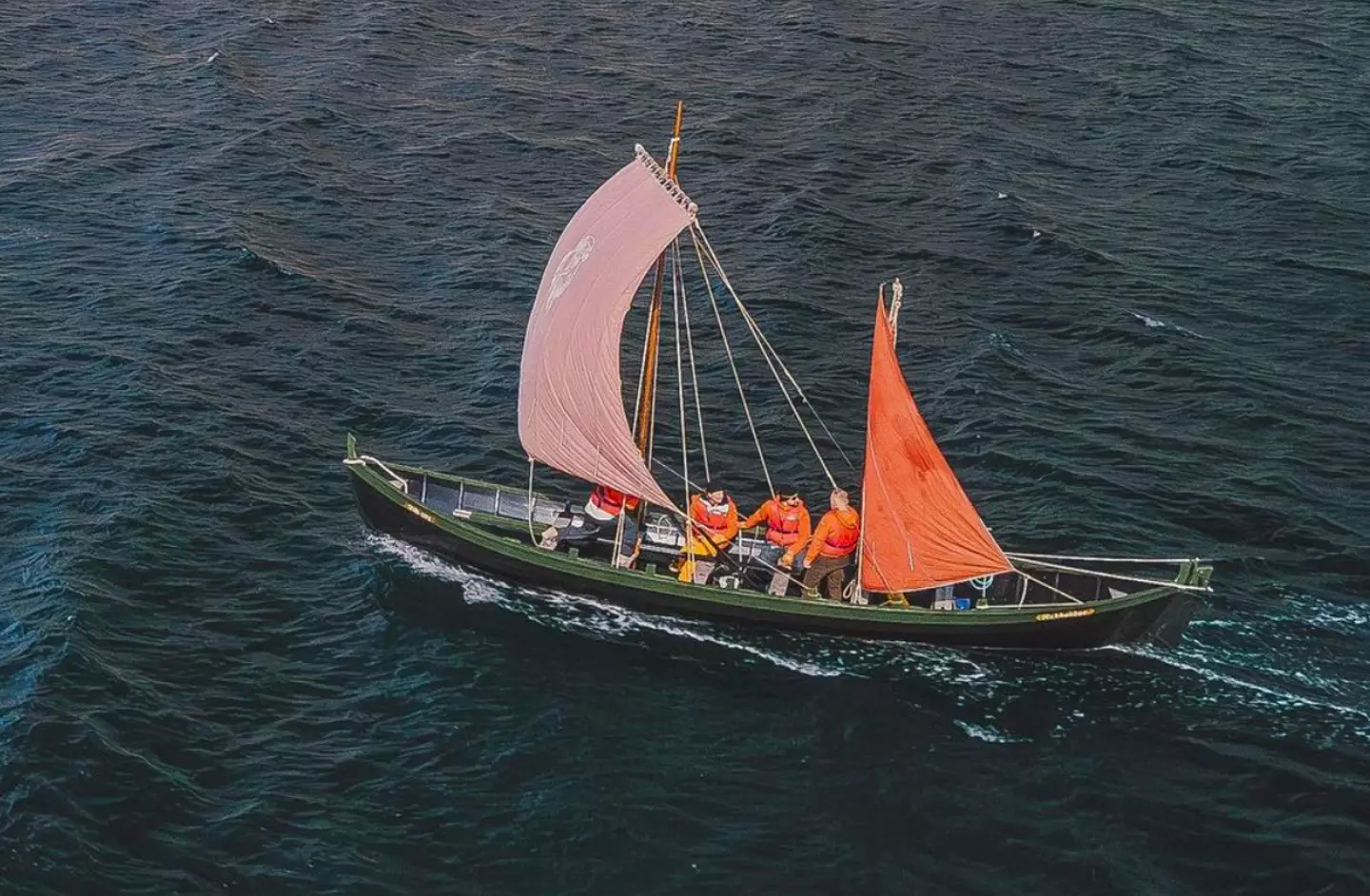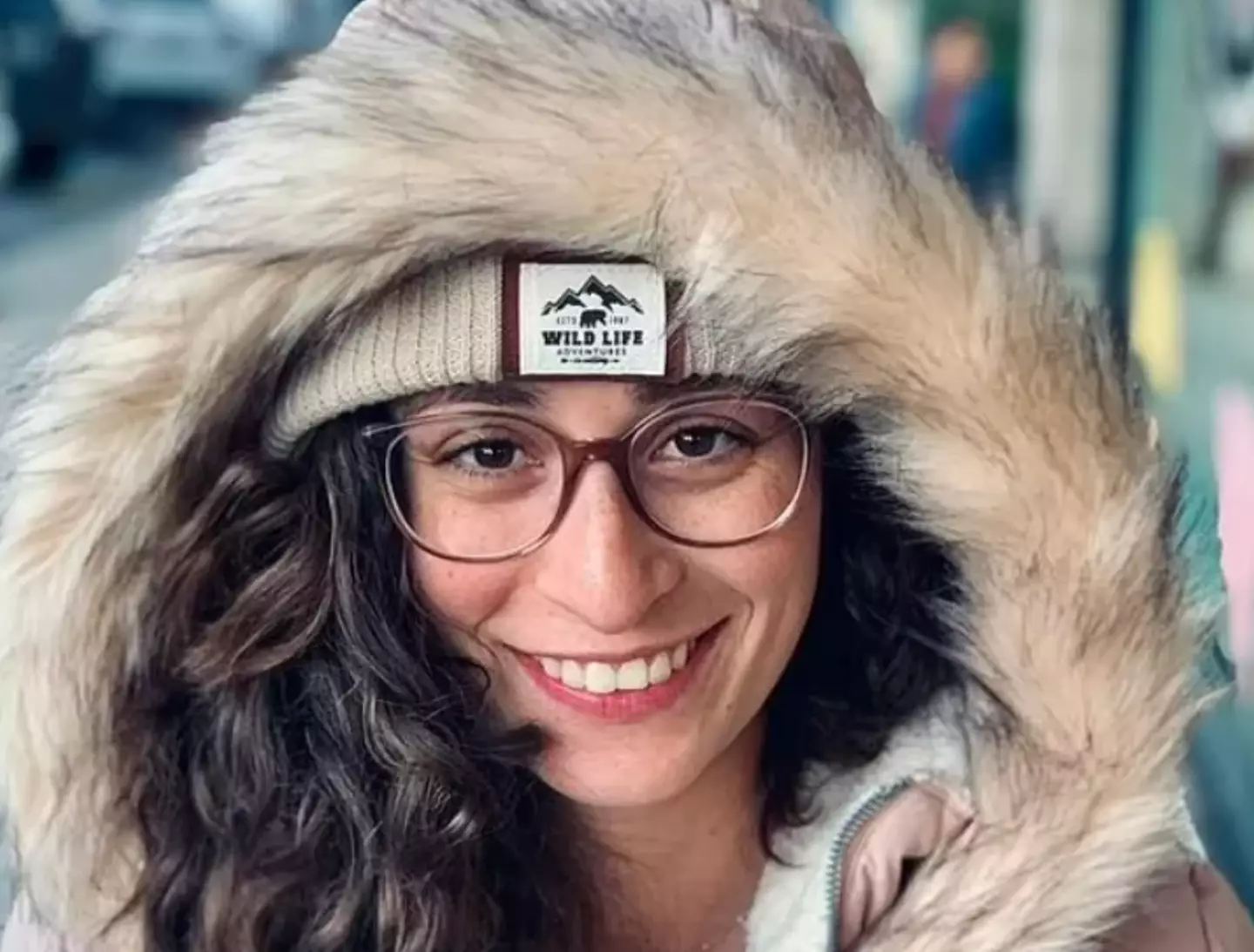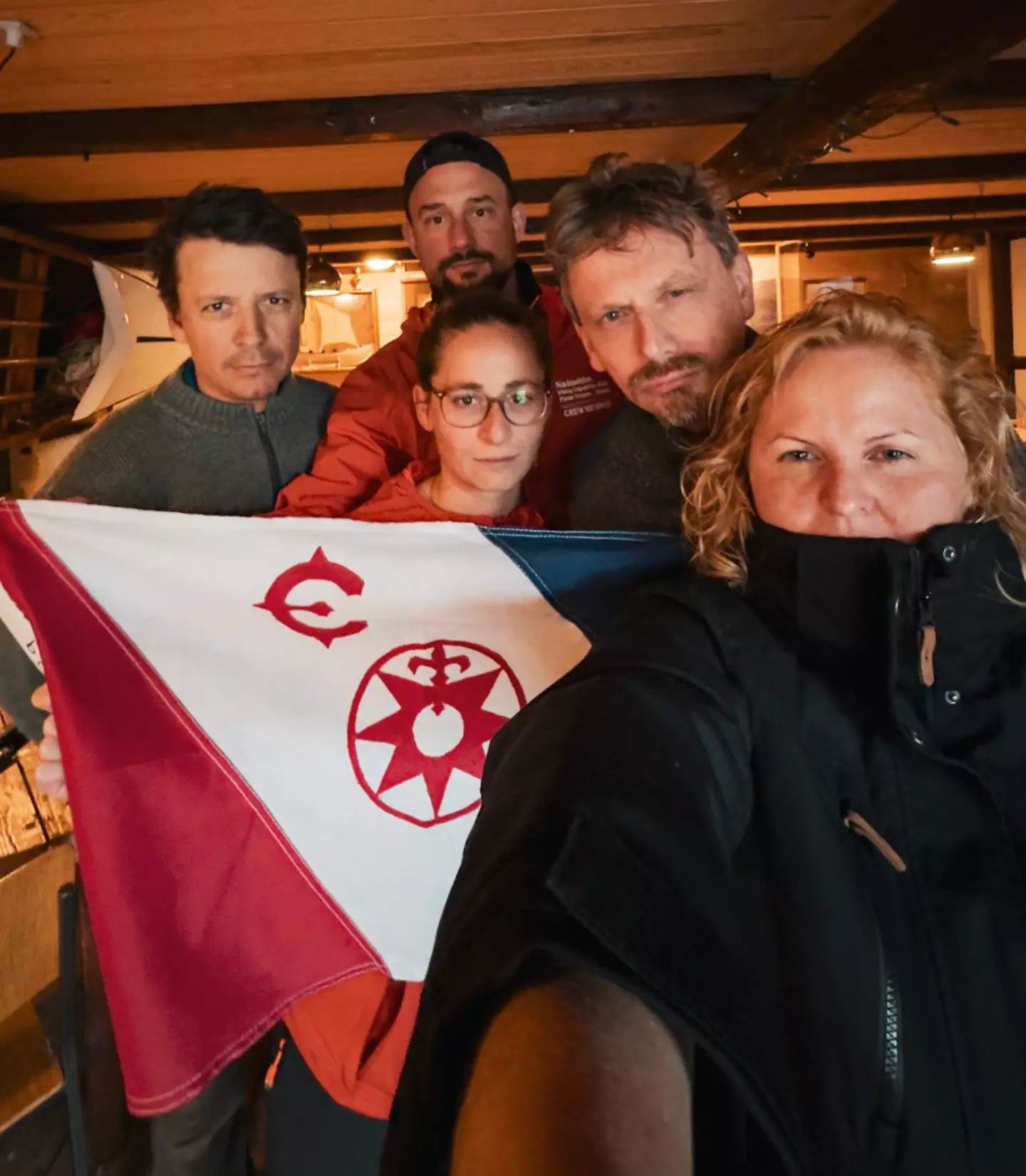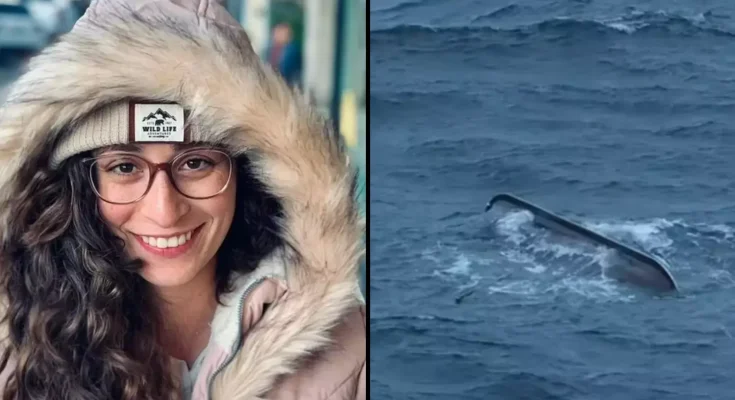American archaeologist Karla Dana has tragically died after the boat she was on capsized
A tourist on a reenactment of a Viking voyage has died after the vessel capsized in the North Sea.
Karla Dana was an American archaeologist who was part of a voyage that attempted to recreate the journey that the Vikings underwent to go from the Faroe Islands to Norway in the ninth century.
The area started to get cloudy and an unforgiving storm hit on Tuesday (27 August), and with just sails and oars used to control the ship for the brutal 680km journey, the crew members were ultimately left helpless against the brutal environment.
The replica fishing vessel disembarked on Saturday (24 August) and eventually capsized on Tuesday, just one day short of their final day of travel, where they would have reached Norway.
With the trip being delayed by a number of days because of bad weather, they set sail, but sent out a distress signal on Tuesday as conditions worsened, but a helicopter determined it was a false alarm, according to the Norwegian media.
Dana’s body was found yesterday morning (28 August), just a few hundred metres away from the ship’s wreck and only 60km from Norway’s coastal island of Måløy.
The 29-year-old was the only person that died following the encounter with the rough North Sea, while the remaining five sailors survived on an inflatable life raft before being rescued by a helicopter.
Three men and one woman on board were from Switzerland while another man was from the Faroe Islands.

Karla was the only person that died during the incident. (Instagram/@sail2north)
The replica ship was later found by the Coast Guard, as police have launched an investigation into the sinking, with the cause of sinking yet to be determined, though Norway’s Sea Rescue Society reported stormy conditions in the area.
The vessel was named ‘Noddoddur’, after the Norwegian navigator that is believed to have discovered Iceland in the eighth century and its owner, Bergur Jacobsen, revealed to the BBC that this boat had been on Viking voyages in its past, such as to Iceland, Norway and the Shetland islands but added: “It’s not a Viking boat, it’s a Faroes fishing boat without a motor but with sails.”
Just 10 metres long and made of wood, the ship had two masts and was built in Faroese tradition – aiming to reach Alesund in Norway from Suðuroy island in the Faroe Islands.
None of the five survivors were injured, but they were treated for psychological treatment following the traumatic event.
The trip was promoted heavily on social media channels, with one poster on Facebook describing it as an ‘unforgettable event that takes you back to the time of the Vikings’.

Five of the crew survived the tragedy. (Instagram/@sail2north)
Dana was a member of an explorer’s club, and wrote entries for a voyage blog, documenting her preparation and thoughts going into the expedition, revealing how excited she was to be making the trip.
The archaeologist wrote: “It’s hard to keep excitement from turning into fear when you see those waves casually tossing around huge modern boats like toys.
“But there’s a wild beauty in the North Sea, a reminder of nature’s raw power, and I feel incredibly lucky to be part of this adventure.”
Livar Nysted, the Faroese member of the crew aboard the doomed vessel, said before the expedition that if you run into a storm, ‘you just try to do the best you can’.
“It’s an open boat. You sleep under the stars and when it’s raining or windy you can feel the elements,” he concluded.



